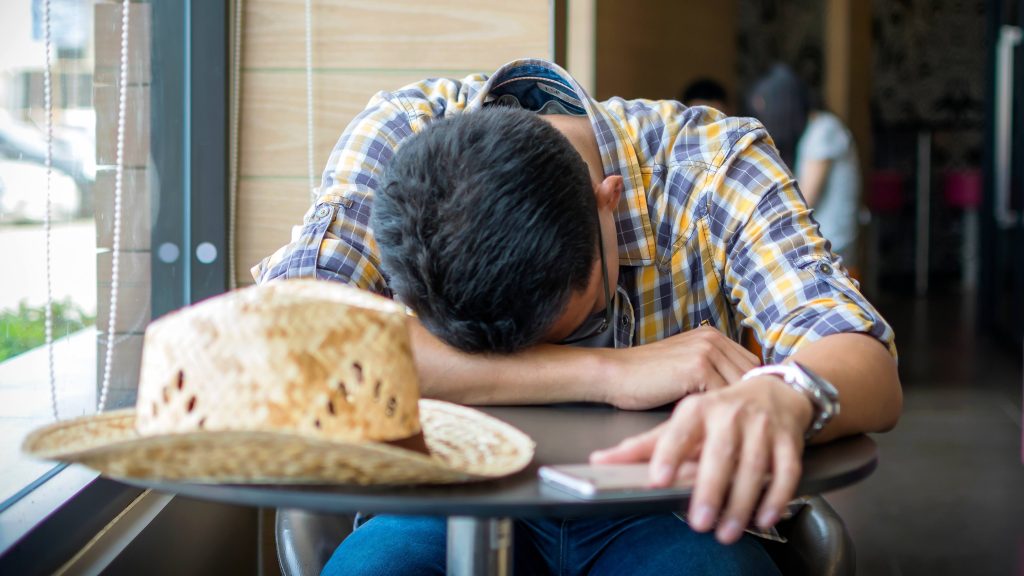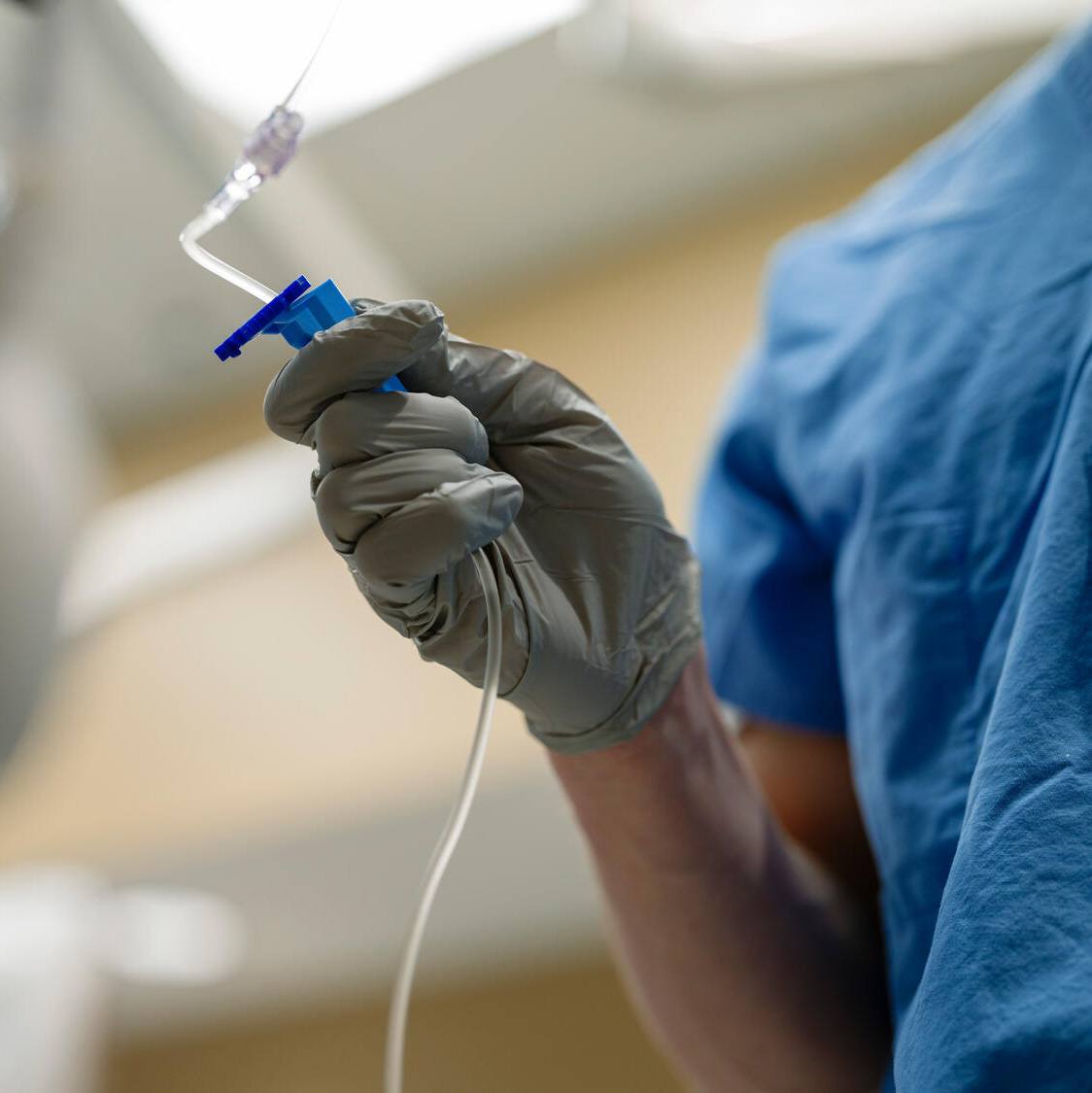
Suicide rates are on the rise in the U.S., particularly in rural areas, according to a new study published in JAMA. The findings show that rates are highest in less-populated areas where people have lower incomes and fewer resources.
"I think it's confirming more than alarming," says Dr. J. Michael Bostwick, a Mayo Clinic psychiatrist who was not involved in the study.
Watch: Dr. J. Michael Bostwick discusses U.S. suicide rates.
Journalists: Broadcast-quality sound bites with Dr. J. Michael Bostwick are in the downloads. Please "Courtesy: Mayo Clinic News Network."
"We know that our rural areas are lacking in adequate medical care, adequate medical insurance among the people," says Dr. Bostwick. "We know that our rural areas have people that are making less money than urban people on average, who are less connected socially because distances are great and for whom public transportation is not available. We know that poverty and lack of access to health care and social isolation are all associated with higher rates of suicide and indeed the crisis in rural America is generally more about how the social fabric is fraying or being destroyed by all kinds of factors than specifically about suicide."
Dr. Bostwick says the key takeaway to lower suicide rates, communities need to have ways that people can be in connection with one another with access to adequate medical resources, both providers and insurance.
"The authors have made this point that their study is ecological, looking at the larger context in which suicide occurs, not about saving individual lives; this is a study that concludes that beefing up and strengthening communities is what's critical. So, for example, we need to have higher rates of health insurance, but also higher rates of access, so that people can get care for physical problems as well as mental problems. We need to find ways to make sure infrastructure is improved for rural communities."
Related posts:
- Mayo Clinic Minute: How esketamine can help severe depression
- Mayo Clinic Q and A: New treatment for hard-to-treat depression







